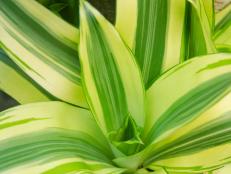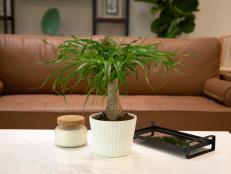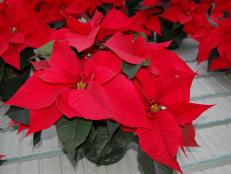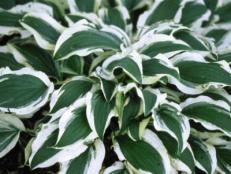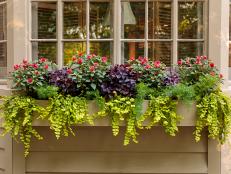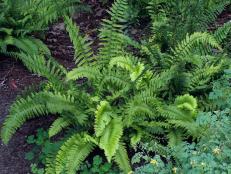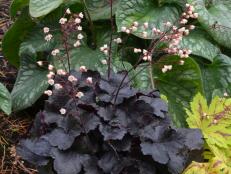Coleus canina
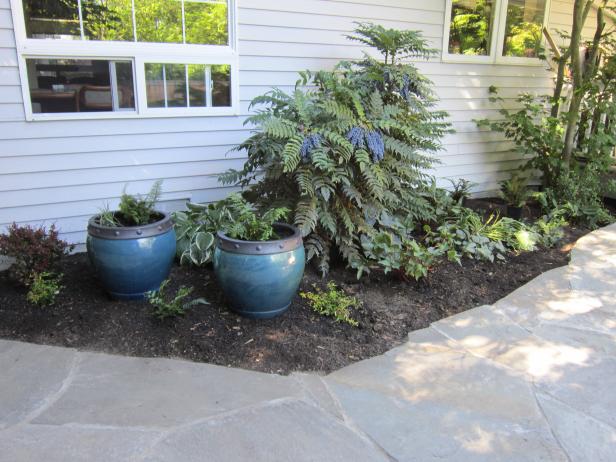
Image Courtesy of Northwest Botanicals, Seattle
Send a not-so-subtle message to neighborhood cats and dogs who visit your garden by planting Coleus canina. This plant’s malodorous ways are something critters—including rabbits, deer and fox—tend to avoid. Because of its stinky nature, Coleus canina actually has a host of common names, including dogbane, dogs be gone, bunnies gone and, from British gardeners, pee-off plant. The plant’s leaves and stems, when brushed or broken, release odor that resembles either tomcat urine or skunk spray, depending on who’s doing the smelling.
Misinformation has attributed Coleus canina to German origins, when in fact it hails from South Africa. Like Coleus forskohlii, Coleus canina has several botanical names, including Coleus canina and Plectranthus caninus. Whatever you call it, it stinks.
Like all coleus, Coleus canina is a member of the mint family, which means plants have square stems and leaves are arranged in pairs opposite one another. Unlike its ornamental coleus cousins, Coleus canina doesn’t unfurl multicolored leaves. Instead, its foliage has a light green hue and a succulent, thickened texture, which hints at the plant’s drought-tolerant nature.
Plant Coleus canina in full sun or shade. The flowers aren’t showy, opening in shades of lavender along small spikes. They typically form in spring and early summer. Since you want the plant to produce as much stinky foliage as possible, it’s wise to pinch off blooms—if you can stand the smell. Wear disposable gloves or washable garden gloves, because the odor lingers on fabrics and leather.
Create a bushier plant by pinching out growing tips on plants when they’re young. Coleus canina thrives in well-drained soil, from sandy to fertile. Coming from South Africa, plants take off when summer temperatures soar. Although Coleus canina is succulent, it does benefit from regular moisture and responds with strong, even growth.
Coleus canina is perennial only in frost-free zones (Zone 10 in a frost-free winter and Zone 11 always). It behaves like a tender perennial in Zone 9 and possibly 8, too. Frost kills stems and leaves, but roots can survive, depending on the severity of the winter. Mulch plant crowns in Zones 8-9 in late fall to provide extra protection.
The best way to overwinter Coleus canina is to take cuttings for rooting. Stem cuttings root easily in water and can then be transplanted into soil. Coleus canina survives winter best under grow lights or in a bright southern or eastern window. And yes, plants produce their odor indoors when brushed or touched.
Coleus canina grows about 12 inches tall. Stems root easily, sinking roots where they touch soil. In warmest regions, Coleus canina forms a handy groundcover critter barrier. While there are no scientific studies to support the pest-chasing properties of Coleus canina, gardeners report that critters avoid areas where it’s planted. Squirrels dig less in pots with Coleus canina, and cats and dogs stay away from garden areas where it’s growing.







